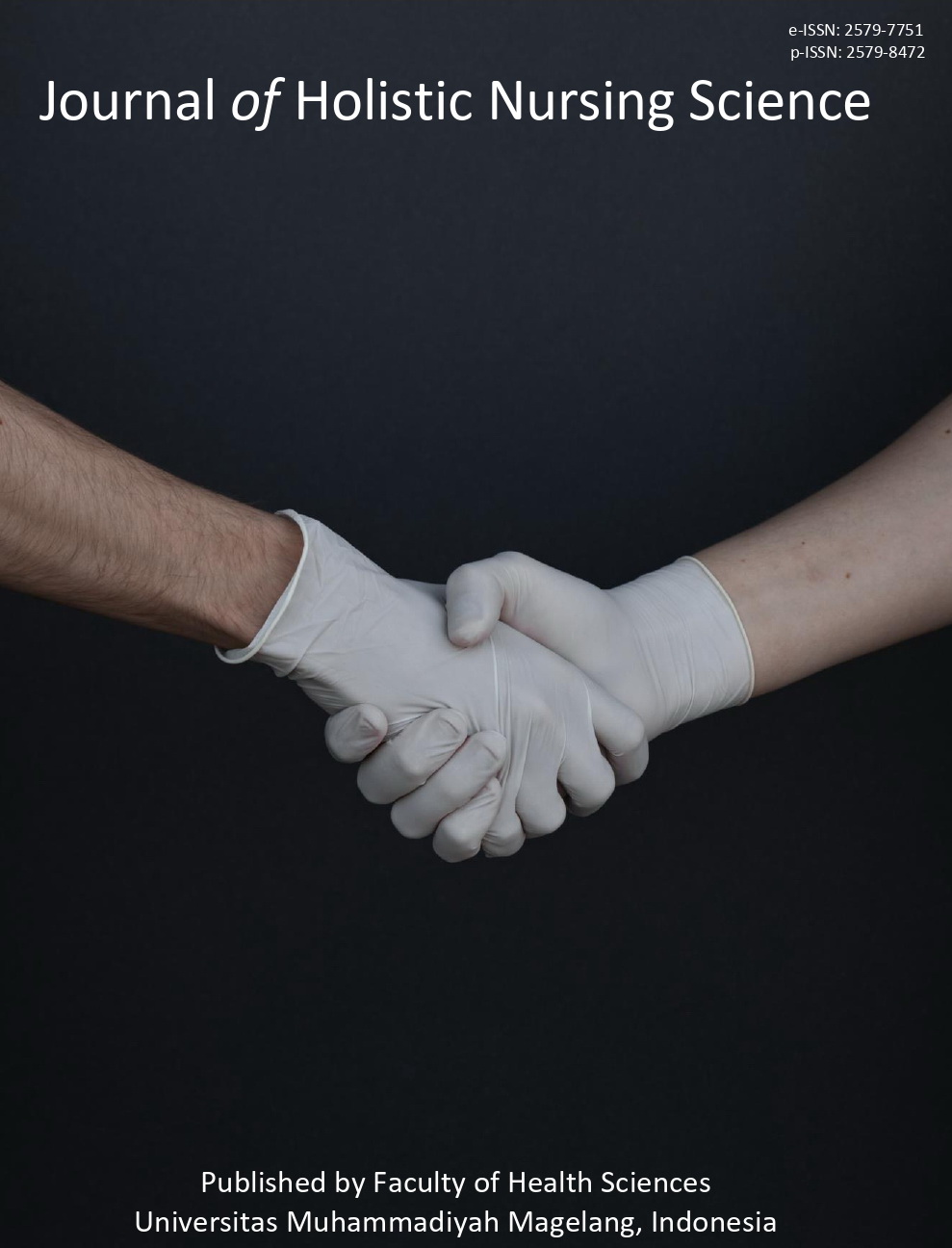Telehealth in primary mental health care in rural and remote areas: A systematic review
Main Article Content
Abstract
Mental health problems are becoming more prevalent globally. Therefore, innovative patient care delivery approaches are being considered due to the rising need for primary mental health care services and an increase in the usage of digital communication tools online. For this reason, this systematic review was conducted to analyse relevant articles about telehealth in primary mental health care services in rural and remote areas. The Preferred Reporting Items for Systematic Reviews and Meta-Analysis (PRISMA) checklist was provided as guidance. The Joanna Briggs Institute (JBI) checklist was also used to evaluate the quality assessment. The databases are Scopus, Web of Sciences, and PubMed databases. Most telehealth in primary mental health care used in rural and remote areas takes the form of videoconferencing and application. Telehealth in primary mental health care services delivered to difficult-to-reach populations, like those in rural and remote areas, has significantly improved community mental health services in terms of results and satisfaction. Tele-mental health can be considered a safe and long-term solution but has several challenges that must be addressed.
Keywords: Mental health; primary health care; rural area; remote Area; telehealth
Downloads
Article Details

This work is licensed under a Creative Commons Attribution-NonCommercial 4.0 International License.
Authors who publish their articles in JHNS retain full copyright of their work. JHNS does not require authors to transfer their copyright to the journal or Universitas Muhammadiyah Magelang as the publisher. The authors grant JHNS a license for the first publication.
